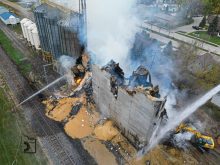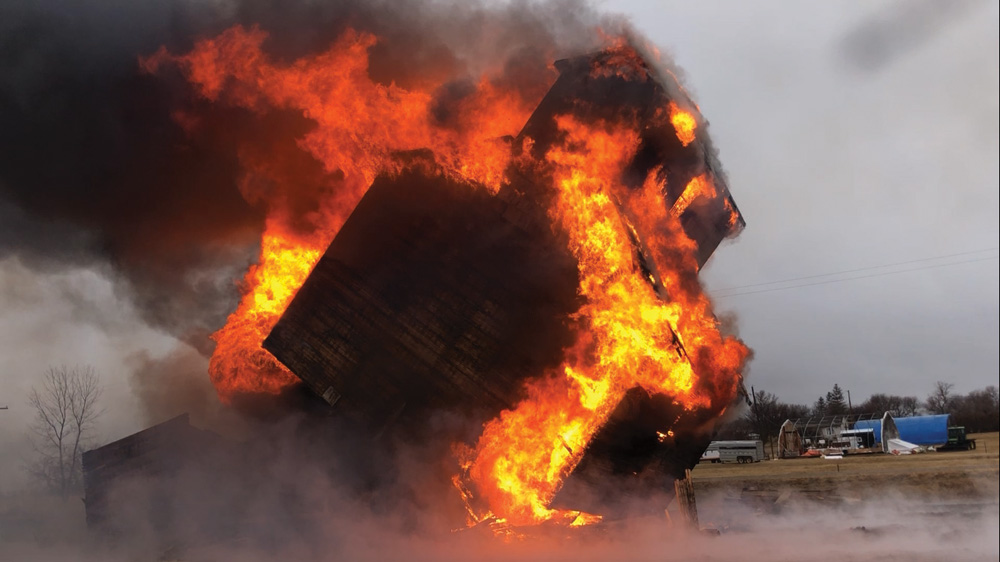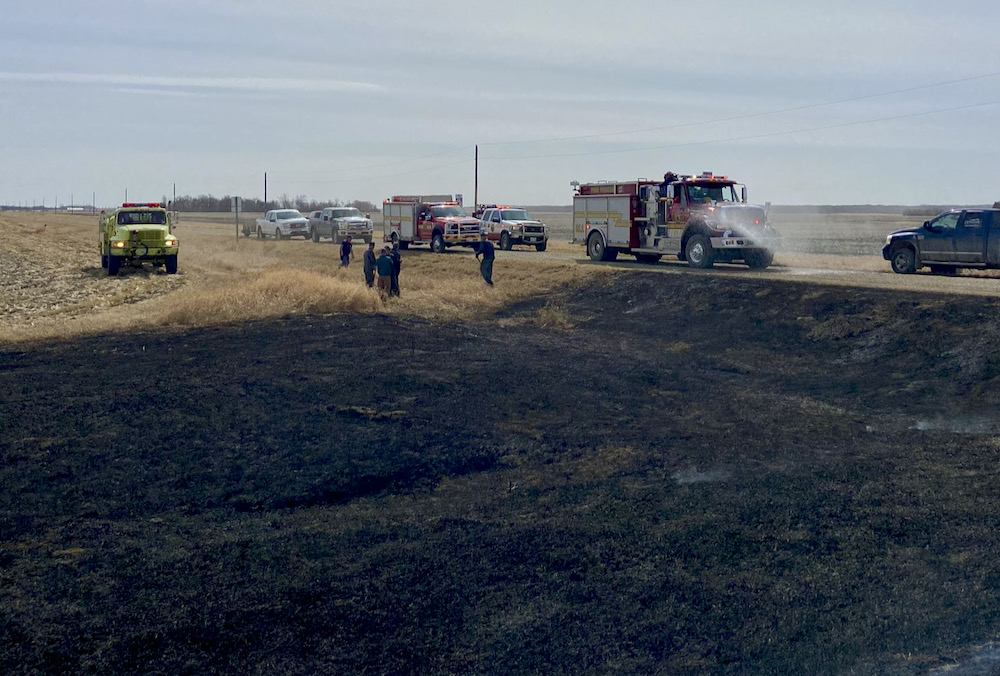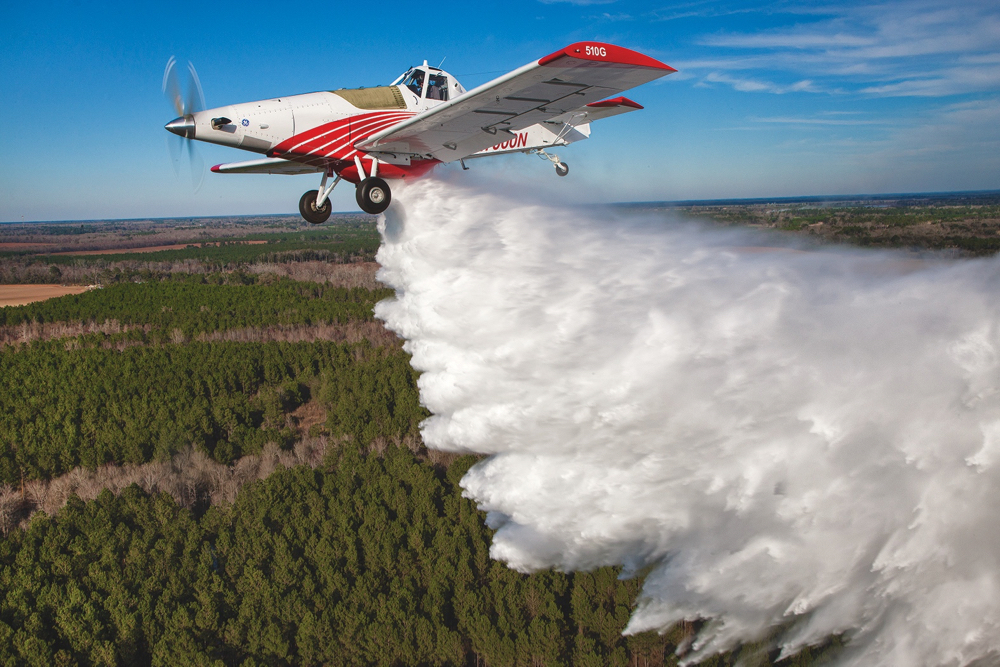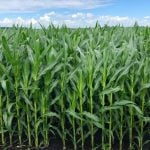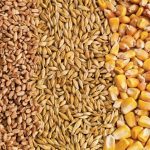Fewer Manitoba farmers grab the lighter when it comes time to deal with stubble.
According to Manitoba agriculture meteorology specialist Timi Ojo, that’s for a good reason.
“Burning crop residue is actually not cheap,” he said. “It has quite an impact in terms of loss of organic matter. There is increased potential for soil compaction and greater potential for erosion because you’ve taken away all the vegetation covering the soil.”
Read Also
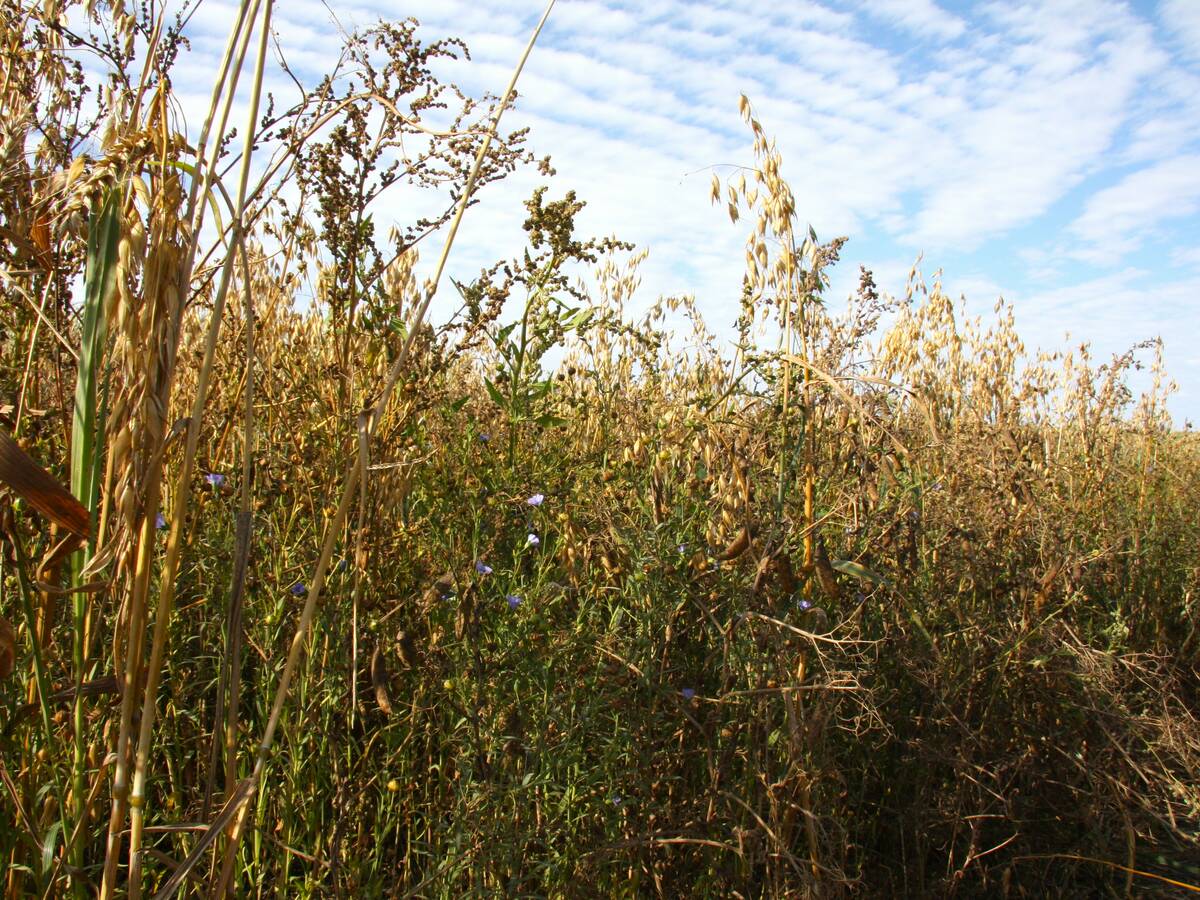
PepsiCo nearly doubles regenerative scope
Another 240,000 farm acres managed through regenerative agriculture will be supported by PepsiCo across Manitoba and Saskatchewan by the end of 2025.
Another impact is air quality.
Why it matters: A dry season led several municipalities to issue fire bans, which eliminates agricultural burning.
Ojo is the person who signs off on daily residue burning authorizations.
While the number crossing his desk is declining, he said the practice is still common enough that regulations are needed to keep smoke levels under control.
The Manitoba Controlled Crop Residue Burning Program is in place every year from Aug. 1 to Nov. 15. It assesses climatic conditions and bases the authorization for stubble burning on that assessment.
A smoke dispersion forecast review is one of the tools used.
“It can forecast for up to about 48 hours into the future,” said Ojo.
Also assessed is the mixing layer, a turbulent boundary region that can form in the atmosphere. It can be observed when smoke rising into the air seems to reach a plateau and flatten out.
“It may look clear and beautiful, and the wind direction may be ideal, but if the mixing layer is poor, then [smoke] won’t actually have a very good lift into the upper atmosphere,” said Ojo.
Particulate matter in the atmosphere is also considered. For instance, if Manitoba saw widespread smoke from forest fires elsewhere, it could determine whether burning will be allowed.
Burning can only be done between 11 a.m. and sunset. Legislatively, producers are allowed to burn two hours after the sun goes down but Ojo noted authorizations are almost never added past sunset.
Web access
Daily residue burning authorization notices can be found on the Manitoba government website under the crop residue program.
On that page, users can click on “daily message” to get the latest update. An audio version is offered by phone (see at bottom).
The province does not have the last word on the subject, however. Municipalities can set their own burning bylaws that supersede provincial authorizations, as in the case of a local burning ban.
As of Aug. 9, nine municipalities and one local government district had local burning restrictions in place, according to Manitoba’s Office of the Fire Commissioner.
Ojo noted there are 10 municipalities surrounding Winnipeg that always require a permit: the rural municipalities of Rosser, Headingly, St. Francis Xavier, Cartier, Macdonald, Richot, Tache, Springfield, East St. Paul and West St. Paul.
“Sometimes the entire province needs a permit. Every day may be different,” said Ojo. “That’s why we always recommend that you check the daily authorization times to know what is happening that day.”
If a permit is required, the farmer must fill out an application. Forms can be downloaded and filled out online, be emailed or called in (see at bottom).
“We have our staff that will be ready to take the information over the phone,” said Ojo.
When burning stubble, the applicant must have that permit with them, either printed or as an image on their phone, and may be required to produce it if law enforcement officials ask.
All burning must be supervised, either by the land’s owner or occupier or a person authorized by the owner or occupier, and that person is responsible for taking precautions to protect nearby people and properties.
“You may need to have a fire guard consisting of a strip of land that is tilled or substantially free of readily combustible material to ensure that you prevent the spread of fire,” Ojo said.
The permit holder also has to make certain the resulting smoke does not cause any unreasonable health hazards to nearby residents or hinder visibility on a nearby highway.
Non-compliance may carry a fine up to $50,000.
Ojo says less than five per cent of producers in the province burn stubble, and most don’t do it every year, though it is sometimes necessary.
A wet spell after crop or straw has been dropped can prevent harvesting. Such was the case in spring 2020, when farmers suffering the aftershocks of 2019’s ‘harvest from hell’ were left with unsalvageable fields once the snow receded. They burned to clear acres for the coming crop.
That year, the Manitoba Crop Alliance noted burning as an option of last resort for dealing with unharvested crop.
Grazing, working crop into the soil or trying to salvage a harvest for either forage or lower quality grain can at least bring some benefit to the farmer, while burning will not.
Alternatives
Ojo said burning comes with a “loss of valuable nutrients like carbon, nitrogen, potassium, phosphorus and sulphur,” that must be considered.
“There’s also damage to soil structure, which can lead to poor drainage,” he said. “Think about what happens to the soil microbial population after burning. There’s going to be lower microbe activity.”
There are alternatives, he added.
“Think about straw management as part of your overall farm management plan, not an afterthought at harvest,” he said. “Try to think about incorporating soil health. You can leave standing stubble or chop it and spread it on the soil surface. Again, it does really help with making sure that you keep the soil in place.”
Residue burning contact information
Burning application phone submission: 204-745-5646
Burning application email submission: [email protected]
Burning allowance daily updates (phone): 1-800-265-1233
Burning allowance daily updates (web): web31.gov.mb.ca/ExternalCRB/Home/DisplayText?lang=1
Municipal burning restrictions: gov.mb.ca/wildfire/burn_conditions.html




